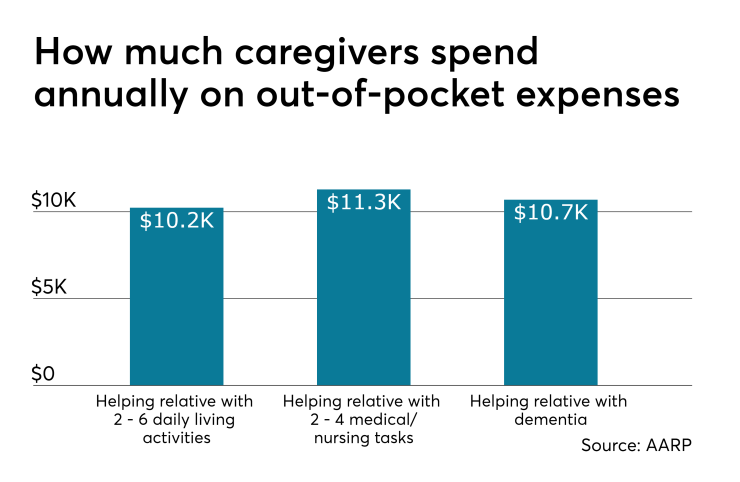Scott Williams knows firsthand what it is like to support a sick relative. But even after spending 20 years tending to his ailing mother, he regarded all of his efforts only as an expression of his devotion.
“She suffered from multiple chronic conditions, but I never considered myself a caregiver,” he says. “I just thought I was a son who loved his mom.”
Williams, who is vice president and head of global patient advocacy and strategic partnerships at the biopharmaceutical company EMD Serono, realized that because he didn’t think of himself as a caregiver, he wasn’t able to take advantage of the benefit offerings his company had in place for these workers.
“Until I really started to think about it, I didn’t realize how burned out I really was,” Williams says. “I was in that sandwich generation, which is a situation that many caregivers find themselves in sometimes.”
Williams dilemma is not uncommon. There are 43 million Americans currently tending to a family member in need, according to data from LIMRA. AARP estimates that caring for a loved one can cost close to $7,000 out of pocket.
I never considered myself a caregiver, I just thought I was a son who loved his mom.
It is also both physically and emotionally taxing — 57% of caregivers need medical care or support for a mental health condition, according to an Embracing Carers survey. About 55% of caregivers say their own physical health has diminished, 54% say they don’t have time to tend to their own medical needs and 47% report feeling depressed.
The caregiving crisis puts employers in a unique position to offer benefits, policies and resources that can ease some of this stress. Indeed, there are some employers that already stepped up. For example, Starbucks launched a new
See also:
Regardless, the need for employer provided backup child, adult and senior care options is still largely unmet. Only 4% of employers offer backup child care services and only 2% offer backup elder care, according to data from the Society for Human Resource Management.
The breakdown of communication between the company and the worker may be keeping the majority of employees from accessing the assistance they need. If employers ignore this issue or simply fail to communicate with employees, it can end up becoming a burden that costs the company money or result in the loss of a worker.
But there are some steps employers can take. The first is to identify the responsibilities of the family caregiver so that employers can better address their needs. One of the biggest responsibilities caregivers face is the amount of time they have to spend transporting loved ones, says Ellen Kelsay, chief strategy officer for the National Business Group on Health citing recent data on the subject. These employees often have to leave work early, come in late or take off to get an ill family member to their doctor’s appointments.

“The financial impact is considerable, many of these employees are paying out of their own pocket to support the medical care of a loved one. So there is financial assistance that they need,” Kelsay says. “When you think about the impact on the employee, they [struggle from a] physical, mental and emotional wellbeing perspective.”
See also:
About half of unpaid caregivers work full time outside of their home and many have to take leaves of absence or cut back their work hours due to the demands of caring for a family member, LIMRA research shows. A significant portion of employees had to stop working in order to better care for their loved one — about 22% say they voluntarily quit their jobs, 18% had their employment terminated and 13% chose to retire early.
Unlimited PTO, remote work, shared sick time and an employee resource group are just a few offerings employers can offer staff, Williams says. For instance, EMD Serono created an employee resource group for caregivers, a peer to peer network where employers can find dedicated resources, while also having an exchange with colleagues who are going through similar situations.
But there is still more that can be done, Williams says. Training managers to be more understanding of an employee’s needs can go a long way toward bridging the gap. Another option companies should consider is enhancing employee assistance programs to include caregivers, he adds.
“One of the things we see employers doing that can really help is being able to raise the visibility of [the available] resources,” Williams says. “To really ensure that whether you’re a new employee or an established employee in an unpaid caregiving situation that you have access to them.”





